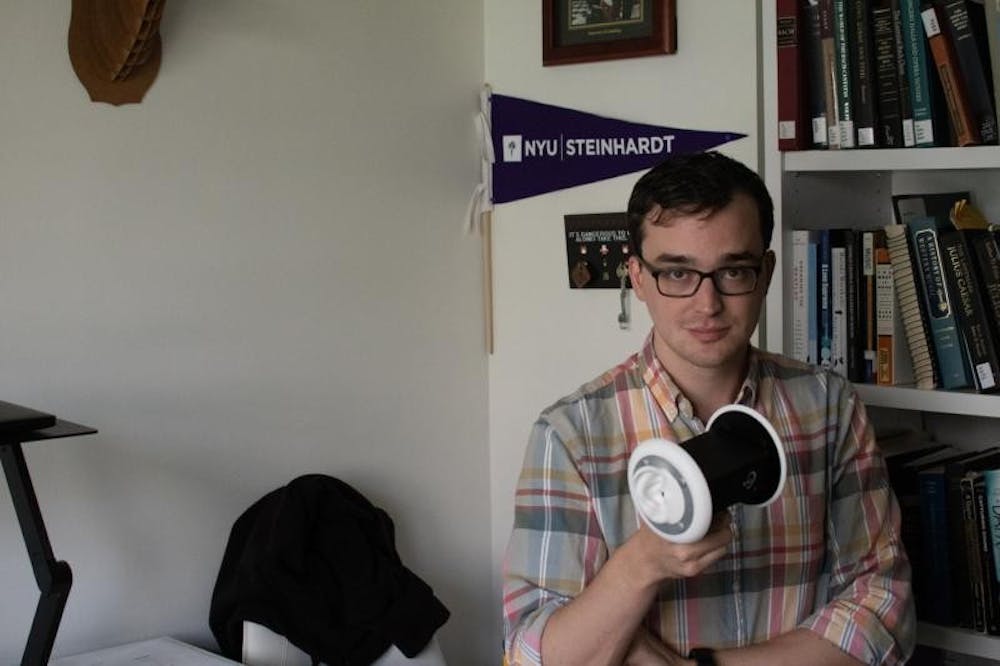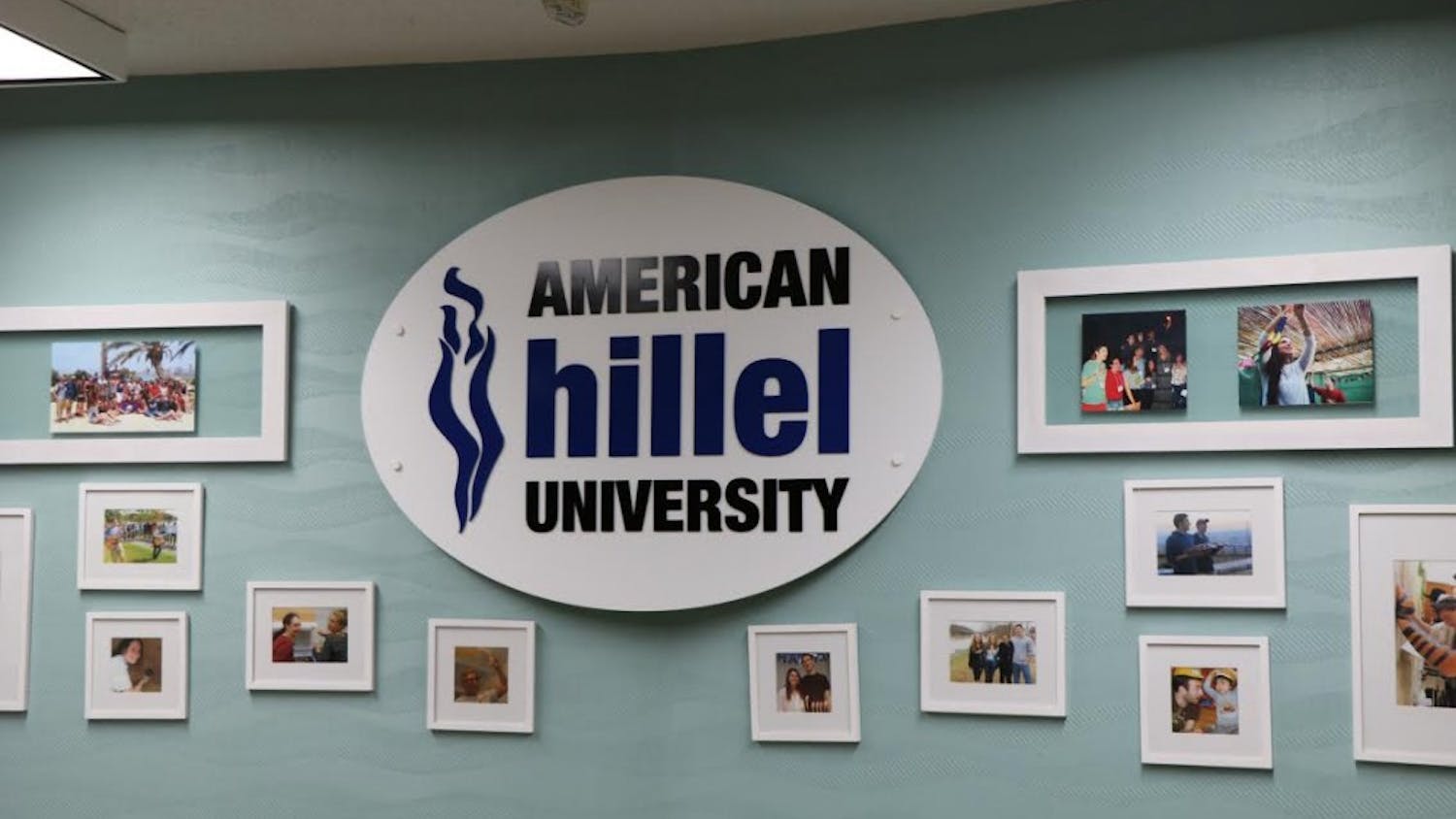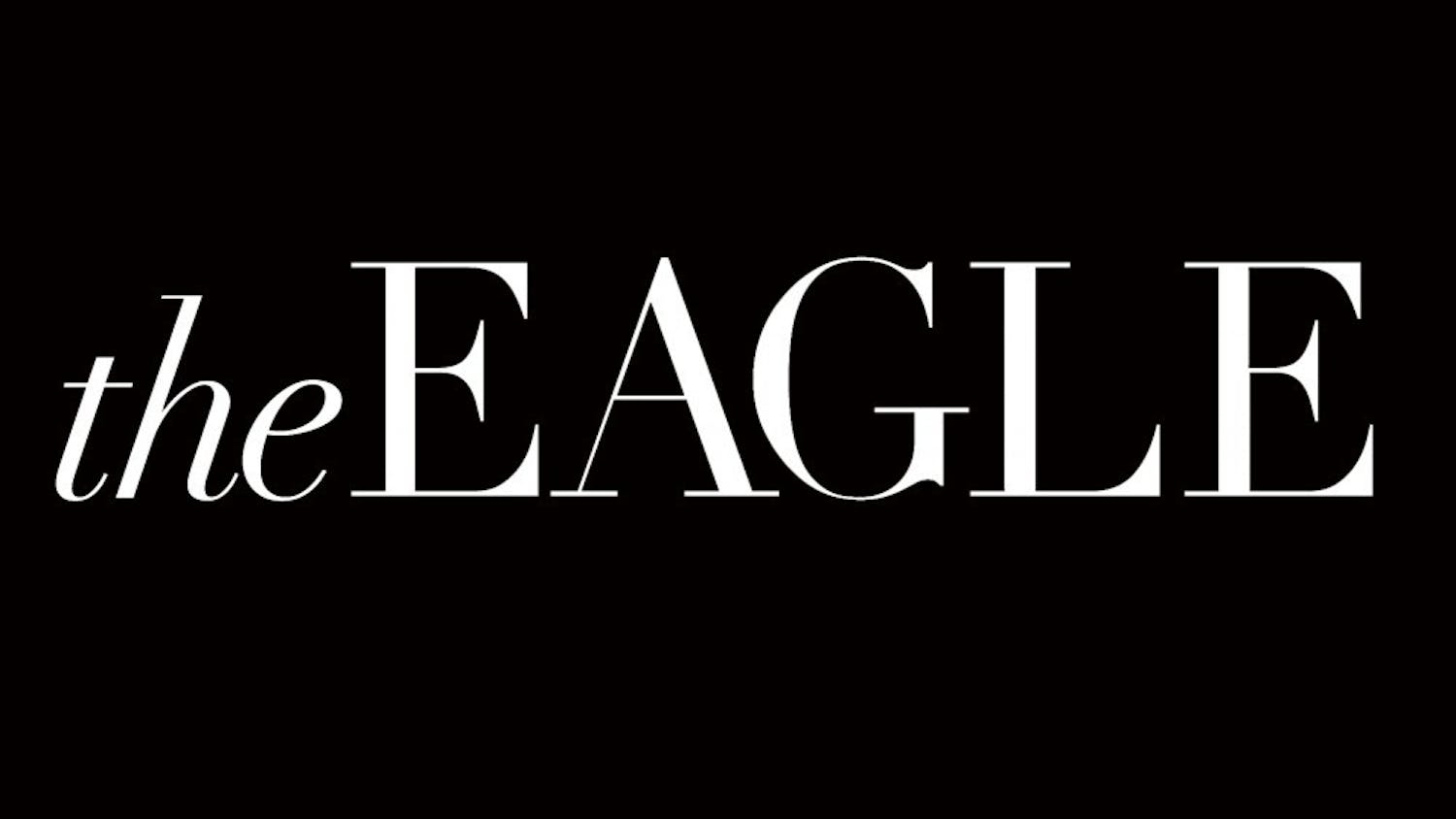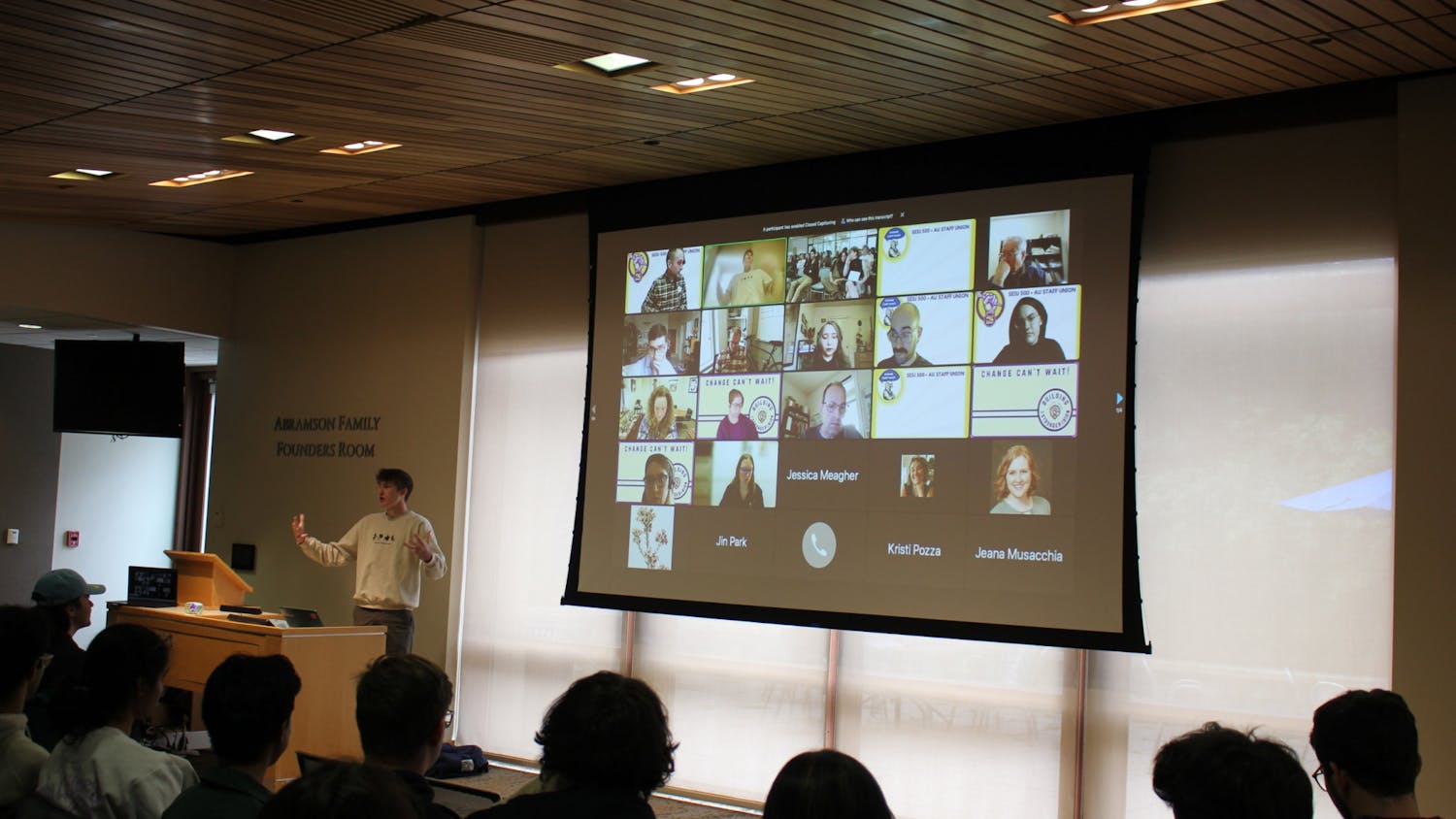“In My Feelings” or “Toccata and Fugue in D minor?” Most students will know the former, a recent hit by the best-selling rapper Drake, and only a select few will know the latter, a classic organ piece written by renowned composer Johann Sebastian Bach.
That’s where Braxton Boren, an audio technology professor at AU, comes in. In a time of heavily mixed digital music, Boren wants more people to pay attention to Bach and the compositions he created centuries ago.
Boren was recently awarded a $50,000 dollar grant from the National Endowment for the Humanities to conduct a research project on “the sound” of Bach. In his research, Boren brings together fields such as acoustics, history, archaeology, architectural history and computer science to recreate Bach’s sound as the composer himself heard it.
Although other influential composers like Beethoven or Mozart achieved greater fame in their lifetimes, Bach’s influence cannot be understated, according to Boren.
“People like Beethoven were studying Bach,” Boren said. “They learned and were very influenced by him. I see him as a foundational figure and one that was very tied to a specific place and a specific space.”
Bach spent the last 27 years of his life in Leipzig, Germany. While there, he composed pieces for two churches, although he liked the Thomaskirche — known in English as the St. Thomas Church — best, Boren said.
A key element of Boren’s project includes studying in the St. Thomas Church in order to recreate how Bach heard his compositions as he wrote them.
“Before people had a way to record sound, sound was lost,” Boren said. “So if we can understand the acoustic system of the church, we can figure out more of what the sound would have been like even if it was hundreds of years in the past.”
In order to do this, Boren and his team will start in a calibration stage. They will go to the church, take acoustic measurements in the space and build a computer model that is reverse engineered to give the same acoustic “response” as the church. The computer model will then become a tool that gives them a sense of what it would have sounded like to play music in the church, and investigate how that sound influenced Bach’s compositions.
One element they will measure is the walls. Boren said that some plasters reflect sound more, causing sound to bounce off the walls and create certain sound effects, such as reverberation in a big cathedral. Other plasters absorb sound more, causing some sound to be lost upon impact. In this way, each aspect of the space, from the obvious to the seemingly insignificant, has an effect on sound.
Boren’s interdisciplinary team includes historians, architectural historians, archaeologists and acousticians, as well as his colleague Rogerio Naressi in the AU audio technology department.
Boren is also employing the assistance of one of his graduate students, Jack Anthony.
Boren said he usually includes past research into his teachings, especially that of graduate level audio technology classes. However, this particular project will include current research and thus, will provide audio technology Anthony with hands-on experience.
“It’s been a great pleasure to work for Professor Boren,” Anthony said. “I admire his ability to design a project that is rigorous and interdisciplinary in equal measure. Musicologists, historians, acousticians, architects, archaeologists and virtual reality engineers can all glean something from his work.”
The insights from the experts on his team will be especially important after the computational phase, when the project then turns its attention to the past. Boren said that by adapting an archaeological process — termed “acoustic archaeology” — and working with architectural historians, the computer model can be changed to reflect how differences in values, like sound absorption, would have sounded like to Bach.
“We do all of that based on our best historical knowledge,” Boren said. “If we have historical details wrong, if we put in the wrong kind of floor or something like that, then we could get it wrong.”
Boren will also use historical context to further explain changes of the sound in the church over time. When theology from Martin Luther changed a political affiliation, it caused the Lutherans to take over the city and expel the Catholics. They made changes to the architecture of a space for the purpose of speaking in the style of Lutheran sermons, Boren said. As a result, they also changed the acoustics for music, influencing Bach to compose music that influences consequent composers and Western music today.
By the end of this project, Boren and his team hope to create a website where people can upload their recordings and apply a filter that would play what the audio would have sounded like in the St. Thomas Church during Bach’s life in the early to mid-1700s.
Through his grant, Boren will show that there is no such thing as music on its own. Music is situated in the context of social, political, and historical factors. While some sound may be “lost,” Boren’s interdisciplinary research will allow for it to be found.
“We are basically building a bridge to the past,” Boren said.
This article originally appeared in The Eagle's October 2018 fall print edition.





